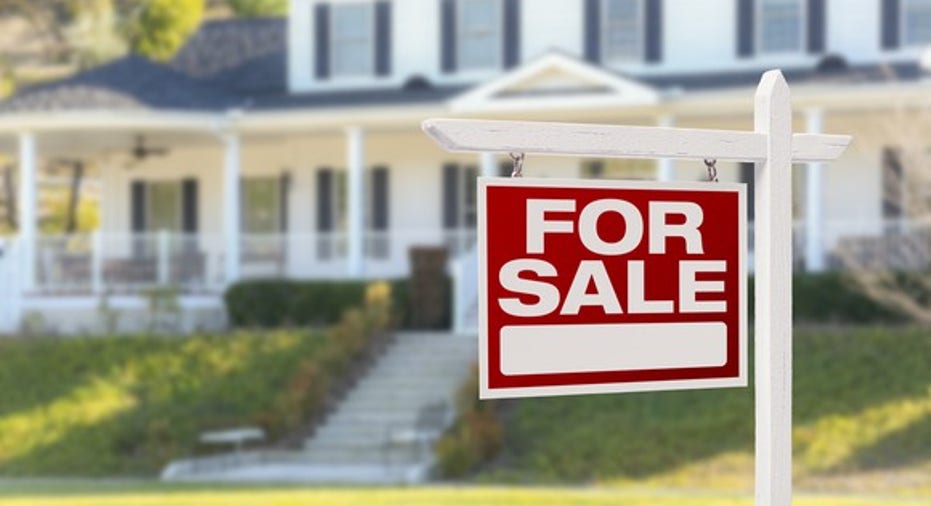Hurricanes force mortgage rates to climb to highest in months

Thanks in part to the reluctance of hurricane-ravaged homeowners to submit appliclations for mortgages, rates have risen to levels unseen since late July.
Lenders indicate would-be borrowers haven’t been rushing to score low rates while they can, partly due to the recent series of major hurricanes. The rates remain unrivaled by ones from earlier this year.
The average rate for the benchmark 30-year fixed-rate mortgage has edged higher in Bankrate’s weekly survey, while staying well below 2017’s mid-March high of 4.44 percent.
There’s still time for homebuyers to get a great mortgage rate. Refinance rates remain very attractive, too.
Slump in mortgage sign-ups
Mortgage applications have continued to decline in the wake of the devastation from hurricanes Harvey and Irma.
Applications fell last week, marking the third straight down week, according to the Mortgage Bankers Association’s weekly survey. But a comeback is in sight.
“Overall mortgage application activity in Texas returned closer to national patterns, while Florida continued to see some bounce back after the hurricanes,” says Joel Ken, the association’s associate vice president for industry surveys and forecasting, in a news release.
Economy, rates likely to perk up
In the statement following its recent policy meeting, the Federal Reserve said the hurricanes were “unlikely to materially alter the course of the national economy over the medium term.”
As the economy recovers from the storms, consumers are likely to become more comfortable with larger purchases, like a home.
“The underlying trends suggest that the current solid pace of growth should continue in the near term,” says Ataman Ozyildirim, director of business cycles and growth research at The Conference Board, in a news release.
And that could keep the Fed on track to continue raising short-term interest rates and unwinding its massive bond portfolio, which is expected to push up long-term interest rates — including mortgage rates.
Mortgage rates are higher
The benchmark 30-year fixed-rate mortgage rose this week to 4.06 percent from 4.03 percent, according to Bankrate’s weekly survey of large lenders. That’s the highest since the average hit 4.09 percent on July 26.
A year ago, it was 3.56 percent. Four weeks ago, the rate was 3.95 percent. The 30-year fixed-rate average for this week is 0.38 percentage points below the 52-week high of 4.44 percent, and is 0.44 percentage points higher than the 52-week low of 3.62 percent.
The 30-year fixed mortgages in this week’s survey had an average total of 0.29 discount and origination points.
Over the past 52 weeks, the 30-year fixed has averaged 4.11 percent. This week’s rate is 0.05 percentage points lower than the 52-week average.
- The 15-year fixed-rate mortgage rose to 3.32 percent from 3.27 percent.
- The 5/1 adjustable-rate mortgage rose to 3.55 percent from 3.52 percent.
- The 30-year fixed-rate jumbo mortgage fell to 4.12 percent from 4.15 percent.
At the current 30-year fixed rate, you’ll pay $480.88 each month for every $100,000 you borrow, up from $479.15 last week.
At the current 15-year fixed rate, you’ll pay $706.08 each month for every $100,000 you borrow, up from $703.64 last week.
At the current 5/1 ARM rate, you’ll pay $451.84 each month for every $100,000 you borrow, up from $450.16 last week.